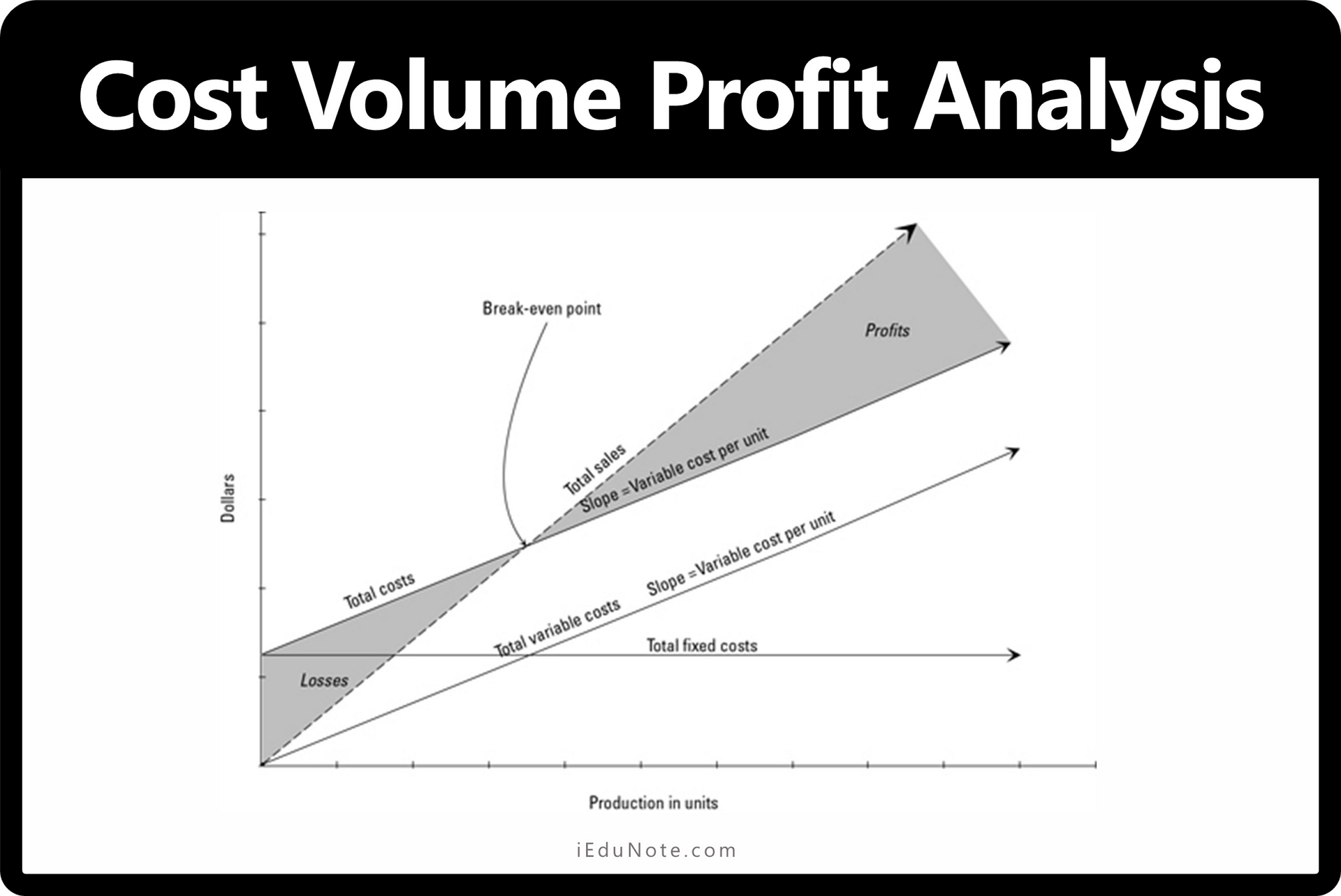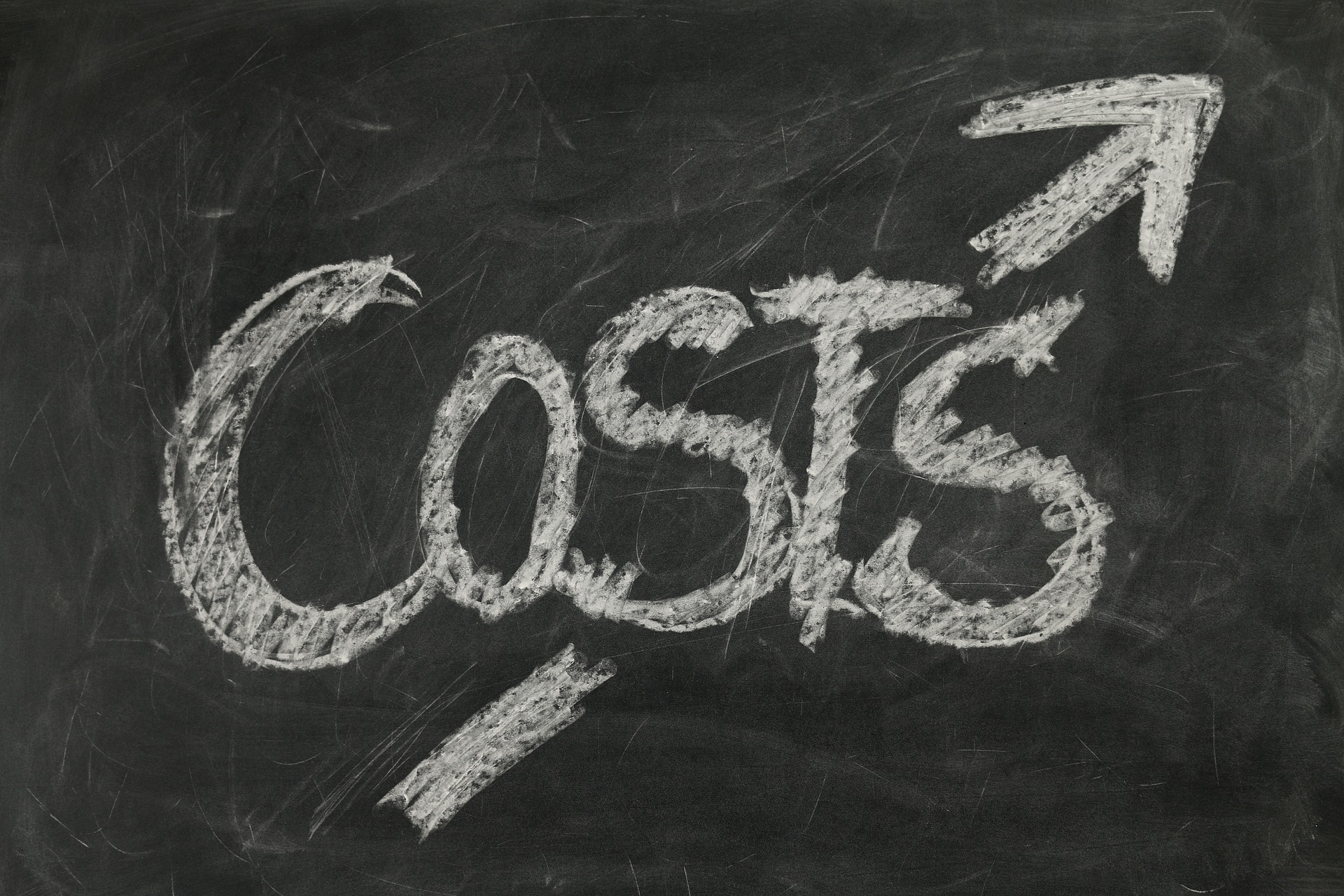Table of Contents
Learning Relevant Cost Analysis for Effective Decision-Making
Why Proper Identification and Analysis of Costs That are Relavant is important?
Only those costs and benefits that differ between alternatives are relevant in a decision. All other costs and benefits are irrelevant and should be ignored. In particular, sunk costs are irrelevant, as are future costs that do not differ between alternatives.
This simple idea was applied in a variety of situations, including decisions that involve making or buying a component, adding or dropping a product line, accepting or rejecting a special order, processing a joint product further, and using a constrained resource. This list includes only a small sample of the possible applications of the relevant cost concept.
Indeed, any decision involving costs hinges on the proper identification and analysis of the costs that are relevant.
Relevant cost in decision-making
Relevant costs are costs that change with respect to a particular decision. These are costs that are relevant with respect to a particular decision. A relevant cost for a particular decision is one that changes if an alternative course of action is taken. Relevant costs are also called differential costs.
According to Horngren, Foster & Datar, “Relevant costs are that expected future cost that differs among alternative sources of action.”
According to Garison & Noreen, “A cost that differs between alternatives in a particular decision.”
Making correct decisions is one of the most important tasks of a successful manager. Every decision involves a choice between at least two alternatives. The decision process may be complicated by volumes of data, irrelevant data, incomplete information, an unlimited array of alternatives, etc. The managerial accountant’s role in this process is often that of a gatherer and summarizer of relevant information rather than the ultimate decision-maker.
The costs and benefits of the alternatives need to be compared and contrasted before making a decision. The decision should be based only on relevant information. Relevant information includes the predicted future costs and revenues that differ among the alternatives. Any cost or benefit that does not differ between alternatives is irrelevant and can be ignored in a decision.
All future revenues and/or costs that do not differ between the alternatives are irrelevant. Sunk costs (costs already irrevocably incurred) are always irrelevant since they will be the same for any alternative.
Example:
Azax Ltd has 50 kg of material ‘A’ in stock, which was bought five years ago for $70 per kg. It is no longer used but could be sold @ $30 per kg.
Azax Ltd is currently pricing a job that could use 40 kg of material ‘A.’ What is the relevant cost of what should be included in the price?
Solution:
The original cost of material (50 x Tk.70) = $3,500 is a sunk cost and, therefore, not relevant. Essentially, Azax Ltd has two options:
Either to use the material for the new job or to sell at $30 per kg.
If the material is used in the new job, Azax Ltd. will lose out Tk, 1200 ( 40kg x $30)
That could have been earned by selling it.
This means that the opportunity cost of using the material for the new job is $1,200, and this is the relevant cost that should be included in the price.
Irrelevant cost
Irrelevant cost is a cost that will not change as a result of a management decision. However, the same may be relevant to a different management decision. A managerial accounting term that represents either a positive or negative that does not relate to a situation requiring management’s decision.
For example, if a company bought an off-the-shelf software program that did not work as intended and cannot re-revert, the cost incurred (sunk cost) becomes irrelevant regardless of management’s decision.
The procedure of different decision-making by using incremental cost analysis
The process used to identify the financial data that change under alternative courses of action identifies the probable effects of decisions on future earnings; sometimes, both costs and revenues will vary, and in other cases, only costs or revenues will vary following an incremental approach.
- Make-or Buy Decisions
- Accepting or rejecting special order
- Utilization of spare capacity
- Volume and Cost Structure Change
- Determination of special contract Price
- Introducing new products or Diversification of product
- Determining whether to start a new shift
- Dropping Product line
- Alternative Method of Manufacturing
- Fixation of the selling price
- Capacity exhausted
The Make or Buy decision
When a manufacturer assembles component parts to produce a finished product, management must decide whether to make or buy these components.
The decision to buy parts or services is often called outsourcing. The decision to make or buy components should be made on the basis of incremental analysis. Faced with a make-or-buy decision, the manager should:
- Consider the quantity, quality, and dependability of supply of the items as well as the technical know-how required, weighing such requirements for both the short-run and long-run periods. Compare the cost of making the items with the cost of buying them.
- Compare the making of the items with possibly more profitable alternative uses that could be made of the firm’s own facilities if the items are purchased.
- Consider differences in the required capital investment and the timing of cash flows.
- Whether it is profitable to make or buy depends upon the circumstances surrounding the individual situation.
The management should present a statement that compares the company’s cost of making the items with the vendor’s price. The budget should also be restated to indicate the effect on total costs and total profit when existing fixed costs are allocated to the additional items.
The distinction between joint product and by-product
Joint products:
- Joint products are the result of the same raw materials & process operation.
- These products usually require further processing.
- The processing of a particular raw material may result in the output of two or more products.
- If all the products are of equal economic importance and none of them can
- be termed as major products, these will be referred to as joint products.
- Joint products cannot be produced separately.
- There can be various products arising from a single input.
- Out of such products, the products that have relatively higher sales value are treated as joint products, and the products with relatively very low sales value are called by-products.
- The products with minimal sales value are treated as scrap.
- Among the joint products, the product that has a comparatively higher sales value than the other joint products are called the main product
- CIMA has defined it as “two or more products separated in processing, each having a sufficiently high saleable value to merit recognition as a main product.”
- Some of the examples of joint products are given below.
- In the dairy industry, skimmed milk, butter, cream, and ice cream.
- In the petroleum industry, petrol, diesel, liquid petroleum gas, and kerosene.
By-products:
- By-product is a secondary product.
- By-products are also produced form the same raw material and same process operations, but they are secondary result of operation.
- A joint product is usually of greater commercial importance than a by product.
- A joint product principally differs from a by-product in importance.
- Examples of by-products are given below:
- In the dairy industry, the production of butter and cheese is accompanied by the production of butter milk (Butter-milk is the by-product)
- In the manufacture of soap, in the process of mixing and boiling ingredients, some rejections take place. There rejections are collected for recovery as by products, such as glycerin.
Opportunity cost and sunk cost Opportunity costs:
Opportunity cost is the cost of a foregone alternative. If you chose one alternative over another, then the cost of choosing that alternative is an Opportunity cost.
Opportunity cost is the benefits you lose by choosing one alternative over another one. The opportunity cost of choosing one investment over another one.
Features of opportunity cost
- It is not entered in the accounting records of the organization
- It is a cost that must be considered in every decision a manager makes.
- It is a relevant cost.
Sunk costs
Sunk costs are expenses which cannot be recovered once they have been incurred. An example of sunk cost would be advertising expenses — once a company pays for such an expense, there is no way undo it.
Companies spend money each year for research and development as they work to come up with new products and services to offer their customers, or as they try to refine existing products and services. While the nature of research varies from business to business, it’s recognized as a sunk cost.
Features of sunk cost:
- It is a historical cost
- It cannot be changed by any decision.
- It is not differential cost.
“All Future Costs are Relevant” Do you agree? Why?
No, we do not agree with the statement. A cost is to be relevant to a particular decision; a cost must meet two criteria:
- It must be a future cost and
- It must be an element of difference between alternatives.
If any cost is future cost but not differential between alternatives, that cost can not be said to be relevant.
“All Fixed Costs are Irrelevant” Do you agree? Why?
No, we do not agree with the statement. A cost is to be relevant to a particular decision; a cost must meet two criteria:
- It must be a future cost and
- It must be a differential cost
If any fixed cost is future cost and if it is differential between alternatives, then that fixed cost can be said to be relevant. We should remember that there are two kinds of fixed costs, avoidable and unavoidable. Avoidable fixed cost is relevant as it is differential. On the other hand, unavoidable fixed cost is irrelevant as it is not differential.

